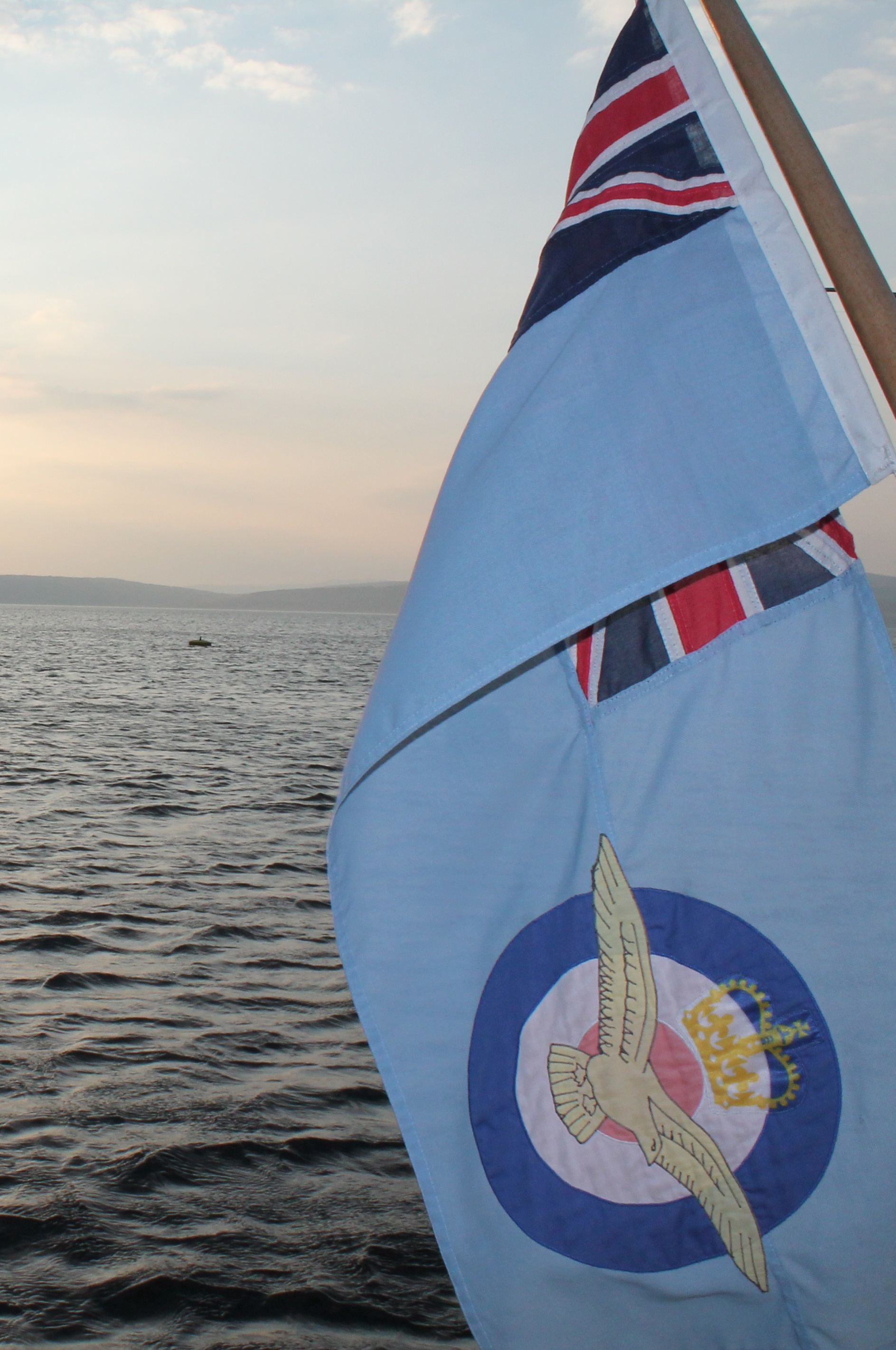Involvement with the Ministry of Defence and its subsidiary organisations goes back nearly two decades. Modelling assignments have involved organisation wide problems, macro-issues and military capability and programmatic challenges.
Models include those developed for:
- Exploring governance of the MOD
- Armed Forces Personnel Administration
- Cohering the ISTAR Advanced Research Programme (ARP) in the area of Time Sensitive Targeting (TST) / Kill Chain Development (KCD)
- International, National and Service Interoperability, also known as TULIP or iSMART related to near-real time tactical data exchange


For the Royal Navy, and the wider maritime capability, this has involved the development of the Naval Operational Architecture (NOA).
In relation to the recently introduced Queen Elizabeth Class, this involved the development of a broader capability perspective, the aircraft carrier as an expeditionary air capability, and a programme view:
- Carrier Strike (or Carrier Enabled Power Projection – CEPP)
- Expeditionary Air Capability – CV(F)
- Carrier Vessel (Future) Programme
Personnel related engagements involved projects for Director Personnel and the former 2nd Sea Lord.


For the Army this has involved:
- Future Rotorcraft Capability
- Army Operational Architecture (AOA)/ Army Activity Model (AAM)
- Army Information Transformation
- Army HQ Output Delivery Programme (ODP)
- Director Information (Army) Capabilities
- Unit (Army)
- Fire Control and Joint Effects Tactical Targeting


For The Royal Air Force and Air Command this involved the exploration of the future or air command and control for the Project Guardian.

